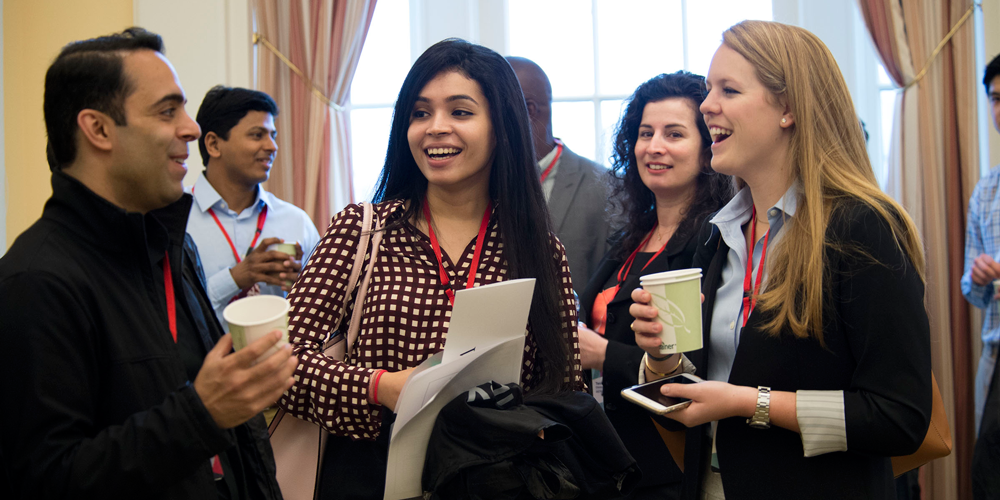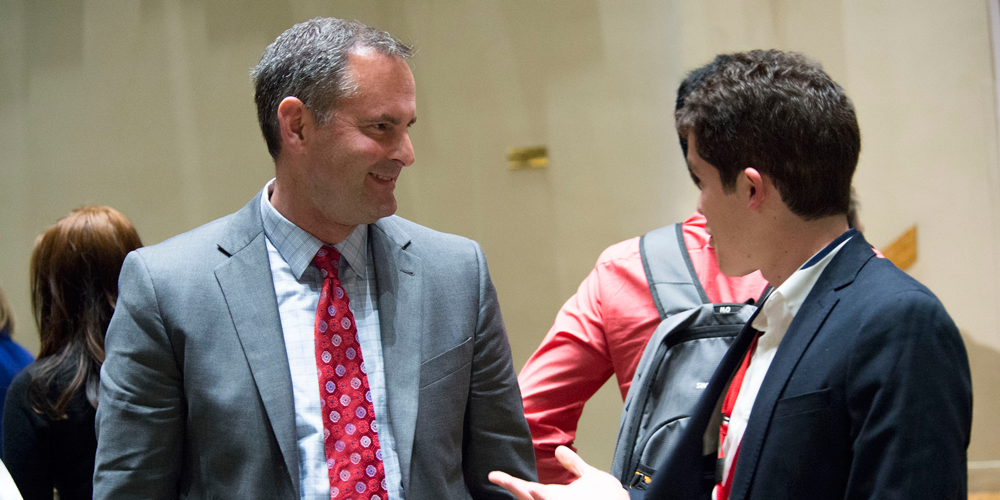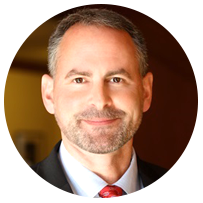
Courage is the quality that distinguishes great leaders from excellent managers.
Over the past decade, I have worked with and studied more than 200 CEOs of major companies through board service, consulting, and research as a member of Harvard Business School’s faculty. I’ve found the defining characteristic of the best ones is courage to make bold moves that transform their businesses.
Courageous leaders take risks that go against the grain of their organizations. They make decisions with the potential for revolutionary change in their markets. Their boldness inspires their teams, energizes customers, and positions their companies as leaders in societal change.
The dictionary definition of courage is “the quality of mind or spirit that enables a person to face difficulty, danger, pain, etc., without fear.” Courageous leaders lead with principles–their True North–that guide them when pressure mounts. They don’t shirk bold actions because they fear failure. They don’t need external adulation, nor do they shrink from facing criticism.
"COURAGEOUS LEADERS TAKE RISKS THAT GO AGAINST THE GRAIN OF THEIR ORGANIZATIONS."
Courage is neither an intellectual quality, nor can it be taught in the classroom. It can only be gained through multiple experiences involving personal risk-taking. Courage comes from the heart. As Buddhist monk Thich Nhat Hanh once said, “The longest journey you will ever take is the 18 inches from your head to your heart.”
It takes bold decisions to build great global companies. If businesses are managed without courageous leadership, then R&D programs, product pipelines, investments in emerging markets, and employees’ commitment to the company’s mission all wither. These organizations can slip into malaise and may eventually fail, even if their leaders can move on to avoid being held accountable.
Why do some leaders lack courage? Many CEOs focus too much on managing to hit their numbers. They avoid making risky decisions that may make them look bad in the eyes of peers and external critics. Often, they eschew major decisions because they fear failure. I know, because it happened to me.
In my first year as CEO of Medtronic, I passed up the opportunity to buy a rapidly growing angioplasty company because it faced patent and pricing risks. While those risks proved valid, Boston Scientific bought the company instead, transforming both enterprises and creating a formidable competitor for Medtronic. I didn’t have the courage to accept short-term risk to create long-term gain. It took Medtronic two decades of expensive research and development programs and additional acquisitions to become the leader in this field.
Let’s look at some recent examples of courageous leaders whose actions transformed their companies:
Alan Mulally
When Mulally arrived at Ford, he found a depleted organization losing $18 billion that year and unwilling to address its fundamental issues. To retool Ford’s entire product line and automate its factories, Mulally borrowed $23.5 billion, convincing the Ford family to pledge its stock and the famous Ford Blue Oval as collateral. His bold move paid off. Unlike its Detroit competitors, Ford avoided bankruptcy, regained market share, and returned to profitability.
Mary Barra
In contrast to Mulally, General Motors CEO Rick Wagoner and his predecessors refused to transform GM’s product line, even as the company’s North American market share slid from 50 percent in the 1970s to 18 percent. When the automobile market collapsed in late 2008, Wagoner was forced to ask President George W. Bush to bail the company out. Even so, GM declared bankruptcy months later.
Mary Barra, GM’s CEO since 2014, demonstrates the difference courage can make. Immediately after her appointment, she testified before a hostile Senate investigating committee about deaths from failed ignition switches on Chevrolet Camaros. Rather than make excuses, Barra took responsibility for the problems and went further to attribute them to “GM’s cultural problems.” Three years later, she is well on her way to transforming GM’s moribund, finance-driven culture into a dynamic, accountable organization focused on building quality vehicles worldwide.
Paul Polman
When Polman became Unilever’s CEO in early 2009, he immediately began transforming the company, declaring bold goals to double revenues and generate 70 percent from emerging markets. He aligned 175,000 employees around sustainability, publishing the Unilever Sustainable Living Plan with well-defined metrics the following year. Polman’s efforts in his first eight years returned 214 percent to Unilever shareholders. Nevertheless, Kraft Heinz, owned by Brazilian private equity firm 3G, made a hostile bid to acquire Unilever on February 17, 2017. Polman immediately wheeled into action, convincing KHC to drop its bid two days later. Then he announced seven bold moves to enhance shareholder value without compromising the company’s ambitious long-term plans.
In comparison, Kraft CEO Irene Rosenfeld quickly capitulated when confronted by activist Nelson Peltz in 2012. He wanted to split Kraft’s global business by spinning off its North American grocery products unit, which Rosenfeld wound up leading as an international business renamed Mondelez. Without the ability to access global markets, the old Kraft went into a period of decline, making it vulnerable to 3G’s 2015 takeover; meanwhile, Mondelez is adrift with declining revenues and earnings.
Indra Nooyi
Named CEO of PepsiCo in 2006, Nooyi foresaw the coming shift among consumers, especially the millennial generation, to healthier foods and beverages. She immediately introduced PepsiCo’s strategy “Performance with Purpose,” that focuses on complementing the company’s core soft drink and snack business with healthy foods and beverages. In 2013, PepsiCo was challenged by activist Peltz to split the company, but Nooyi steadfastly refused. Instead, she restructured her leadership team to deliver strong near-term performance while continuing to invest in her transformation strategy.
Nooyi’s arch-rival, Coca-Cola CEO Muhtar Kent, decided instead to concentrate on sugar-based soft drinks while ignoring these obvious trends. As a result, Coca-Cola’s performance has consistently lagged PepsiCo’s. Since 2011, PepsiCo stock is up 70 percent, while Coca-Cola’s has increased only 15 percent.
The courage cohort
There are literally thousands of competent managers who can run organizations efficiently using pre-determined operating plans, but few with the courage to transform entire enterprises.
The courage cohort includes Delta’s Richard Anderson, Starbucks’ Howard Schultz, Xerox’s Anne Mulcahy and Ursula Burns, Nestle’s Peter Brabeck-Letmathe, Novartis’ Dan Vasella, Tesla’s Elon Musk, Amazon’s Jeff Bezos, Merck’s Ken Frazier, and Alibaba’s Jack Ma. They join the growing list of authentic leaders that have made courageous decisions to build great global companies.
To quote poet Maya Angelou, “Courage is the most important of all the virtues, because without courage you can't practice any other virtue consistently.” Boards of directors need to examine their leaders carefully to determine if they have the courage to navigate their organizations through turbulent times while enduring hardship, risk, and criticism to ensure they are building sustainable enterprises.
With more courageous leaders like those cited above, the business world will be able to create enormous value for all its stakeholders.
Bill George is Senior Fellow at Harvard Business School, former Chair & CEO of Medtronic, and author of Discover Your True North.
This article originally appeared on Harvard Business School Working Knowledge, a great resource for anyone interested in learning more about hundreds of business topics.










